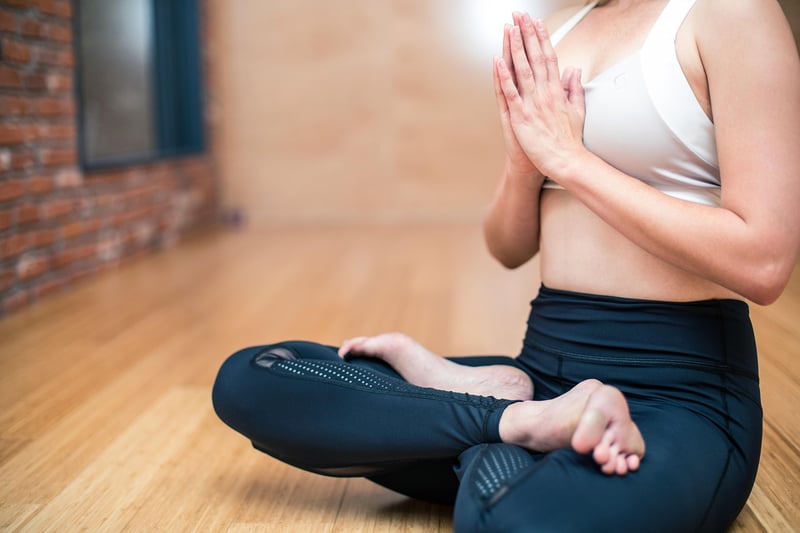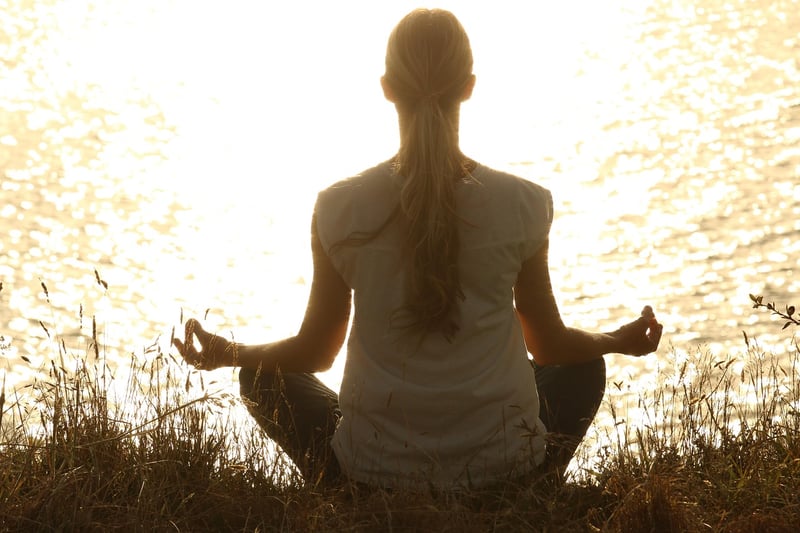Restorative Practice
Physical and Mental Wellness through Movement + Restorative Practice
In today's fast-paced world, finding a balance between physical and mental wellness is essential for overall well-being. Incorporating movement and restorative practices into your daily routine can have significant benefits for both your body and mind.
The Power of Movement
Engaging in regular physical activity is crucial for maintaining good health. Whether it's going for a brisk walk, practicing yoga, or hitting the gym, movement helps improve cardiovascular health, build strength, and boost mood-enhancing endorphins.

Benefits of Movement:
- Enhanced flexibility and mobility
- Increased energy levels
- Stress reduction
- Improved sleep quality
- Weight management
The Importance of Restorative Practice
Restorative practices such as meditation, deep breathing exercises, and mindfulness help calm the mind, reduce stress, and promote relaxation. Taking time to rest and recharge is just as important as staying active.

Benefits of Restorative Practice:
- Reduced anxiety and depression
- Enhanced focus and concentration
- Lowered blood pressure
- Emotional balance
- Improved overall mental well-being
Creating a Balanced Routine
By combining movement and restorative practices, you can create a well-rounded wellness routine that nourishes both your body and mind. Start your day with some gentle stretching or yoga, followed by a mindfulness meditation session to set a positive tone for the day.
Throughout the day, incorporate short movement breaks to keep your energy levels up and reduce stiffness from prolonged sitting. In the evening, wind down with restorative practices like deep breathing exercises or a calming yoga sequence to prepare your body for restful sleep.
Remember, finding a balance that works for you is key. Listen to your body's cues, prioritize self-care, and make time for both movement and restorative practices to support your overall well-being.
